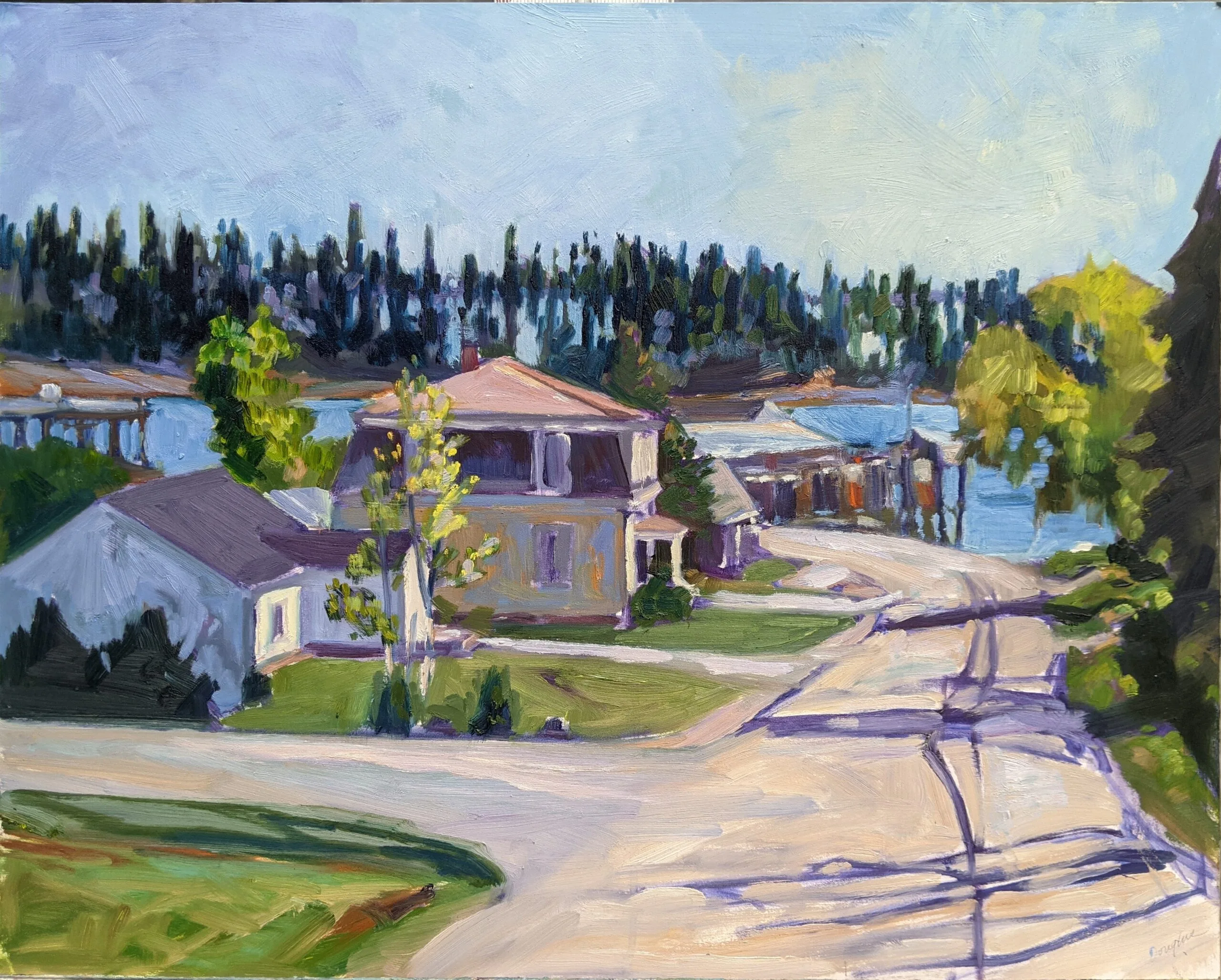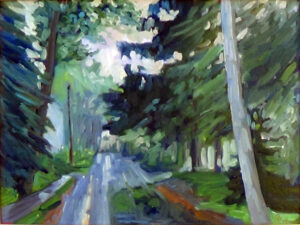
I’ve been listening to The Side Hustle Show, a podcast by Nick Loper. Many of his ideas are universal truths applicable outside business. This one, from episode 541, stopped me cold: Find a coach or mentor and strive to become their number one student. The ‘mentor’ part we’ve all heard; it’s the striving to be number one part that struck me.
It’s been an amazing year for my students. They’re zooming past me on both sides, knocking out successes with solo and group shows and sales. Those in an earlier stage of development are also showing significant growth. Whether they articulate the idea or not, many of them seem to strive to be my number one student. They practice what I preach, and they work hard between sessions.
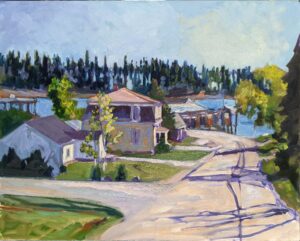
Loper was talking about business, but there’s a better analogy in sports. Yes, superstars are surrounded by coaches, but so too is every player at every level, right down to the four-year-old taking his first swing in t-ball. We’ve all read about how coaching benefits the person at the top of his game. But it’s also critical for the person just starting out.
(In painting, by the way, that model of coaching for top players doesn’t really exist. I leaf through my mental contacts list to try to identify an artist who would be a good mentor and come up blank.)
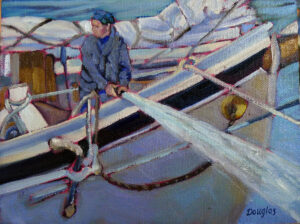
Thirty years ago, I suffered extreme stage fright. I was a passable musician, but couldn’t play in front of others. I could never have taught a large class or done a large demo, and video cameras made my stomach clench. I tried a lot of remedies, including psychotherapy (where I learned why I was anxious but not how to fix it) and a beta blocker before events. Nothing really helped.
Then I confronted the problem head-on by taking a public speaking class at community college. As you can imagine, writing stemwinders was no problem, but delivering them was excruciating. However, the kind, helpful critiques by the instructor and other students gradually desensitized me. Today I can bore people to tears without turning a hair.
That was when college classes were in-person, live and personal. The remedy to my problem required one-on-one, direct, personal interaction. No amount of video instruction could have dealt with it.
In painting, technical skill is only part of the equation. We all face personal issues that get in the way of our artistic expression. That can take the form of avoiding our easels as we try to work out a difficult knot that we can’t untie. We’ve all been there.
Sometimes it takes a disinterested outside voice to tease those knots out. In my experience, that’s often not the instructor, but the artist’s fellow students. In class, it often pays for me to shut up and let them talk. This is why painting groups like Greater Rochester Plein Air Painters are so important. Friends will keep you working when you have absolutely no heart for it.
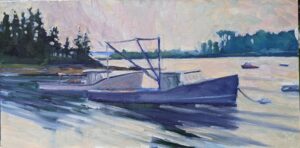
I’ve learned a tremendous amount from podcasts, Tik-Tok and YouTube, and I’m currently teaching myself to cook with an app called Sidekick. But I’ve also wasted a lot of time watching bad content, and some of what I’ve seen has been flat-out misleading.
Pre-set content is one-size-fits-all, and that can easily be wrong for the artist’s skill level or irrelevant to his or her goals. What would be optimal is a combination of wide distribution and personal interaction. That’s difficult. The person who came closest was Mary Gilkerson, and she’s sadly passed away.
Do you have a mentor? If not, why? If so, how is he or she helping you?
*Critique runs through December, and there are still a few openings).
I know your in-box is inundated this morning, but 20 Paintings, 20% off runs until Monday. After you’re done looking at 800 tiresome Christmas decorations in the Target email, scootch over to my website and pick out a non-disposable, American-made work of real art.

